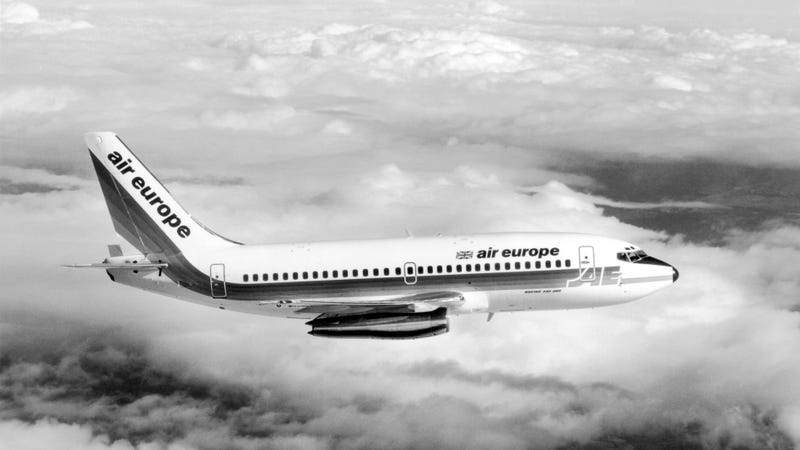
With hundreds of 737 MAX planes still on the ground following two fatal crashes, airlines are frantically trying to lease available 737s to fill gaps left by the MAX. They’re so desperate that they’re leasing 737-200s, a variant that was discontinued in 1988.
That means that the newest 737-200s are 31 years old, while the plane itself was introduced 54 years ago. But, according to a new report by CNBC, airlines are willing to accept ancient planes if it means avoiding route cancellations.
The most in-demand models, aviation consultant Phil Seymour told CNBC, are the 737-800s. Like the -600, -700 and the -900, the -800 is a member of Boeings 737 Next Generation lineup. The -800 is still in production today, making it more common among air carriers and easier to lease into their operations.
Advertisement
The 737-200, on the other hand, has not been used by any American airline for quite some time. Southwest, an all-737 airline, retired its -200s in 2005. According to the latest airliner census, only 38 737-200s were in service worldwide as of last summer.
Nolinor Aviation operates 10 of those -200s. While the plane’s low-bypass engines are less efficient and make the -200 undesirable for most mainline operations, the small engine openings allow the -200 to be fitted with a “gravel kit” that deflects debris. With a gravel kit fitted, the 737-200 can land on unpaved airstrips.
Advertisement
That’s why the -200 remains in service with airlines like Nolinor that serve remote locations in Canada. The -200 also is used in some developing nations, as it’s one of only a few commercial jet aircraft that can use unpaved airstrips.
Advertisement
But for most airlines, the old 737s are inefficient stopgaps. Brazil’s GOL Airlines, CNBC reported, now has to stop in the Dominican Republic on its flights to Florida operated by the older jets. The 737 MAX would have been able to fly these routes nonstop
That’s a small sacrifice, though, to ensure that more deadly crashes don’t occur. And while airlines are sick of cutting routes or losing money, it won’t be a problem for much longer. Bloomberg reported in June that the FAA expects the 737 MAX to be flying again by December.













